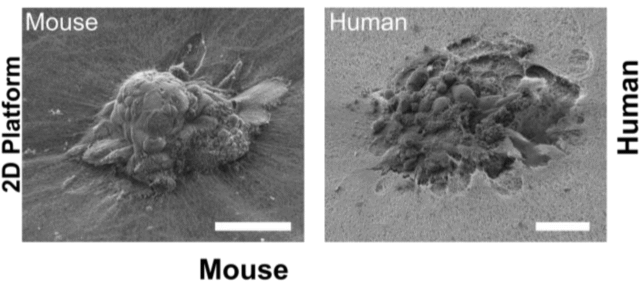
For the first time, researchers have filmed the exact moment a human embryo implants into the uterine lining, unveiling a crucial phase of early development. This breakthrough, achieved by scientists at the Barcelona Institute of Science and Technology (BIST), may enhance understanding of fertility treatments and improve outcomes for those experiencing implantation challenges.
Until now, scientists had only been able to capture snapshots of this significant event, known as implantation, which occurs approximately five to six days after fertilization. During this period, the embryo, a cluster of 100 to 200 cells, seeks a suitable environment to attach and grow. The new research, published in Science Advances, opens a window into this previously elusive process.
Innovative Research Methodology
The research team, led by bioengineer Samuel Ojosnegros, developed a novel platform that simulates the uterine environment, allowing embryos to implant in a controlled lab setting. This environment replicates the structural factors and nutrients required for successful implantation, which is a critical step where approximately 60 percent of failed pregnancies occur.
Using time-lapse recordings, the team observed human embryos aggressively penetrating a collagen-based matrix to create a cavity for connection. Ojosnegros noted, “For the first time, we’ve been able to watch human embryo implantation unfold dynamically.” The findings revealed that human embryos demonstrate a much deeper invasion into the matrix compared to mouse embryos, which only penetrate superficially.
The ability to visualize this process not only adds depth to our understanding of human development but also highlights the limitations of existing animal models. Ojosnegros emphasized that “mouse studies can only take us so far in understanding human implantation.”
Applications and Future Research
The newly developed uterine model extends the observation window, enabling scientists to study embryo behavior beyond the initial stages of development. The collagen matrix can be adapted to test different environmental conditions that may influence implantation success.
The study’s lead author, Amélie Luise Godeau, and her team are exploring how the embryo interacts with its surrounding environment. They speculate that the embryo connects the maternal environment with its own tissues, though the exact responses of the uterine wall remain an area for future investigation.
In collaboration with the pharmaceutical company Grifols, Ojosnegros co-founded Serabiotics, a spin-off focusing on enhancing implantation rates. The team has developed a protein supplement that may improve clinical outcomes for patients undergoing fertility treatments.
This pioneering research not only sheds light on the complexities of human reproduction but also has the potential to influence future fertility treatments significantly. By providing a clearer understanding of the implantation process, these findings may lead to improved strategies for supporting successful pregnancies.






